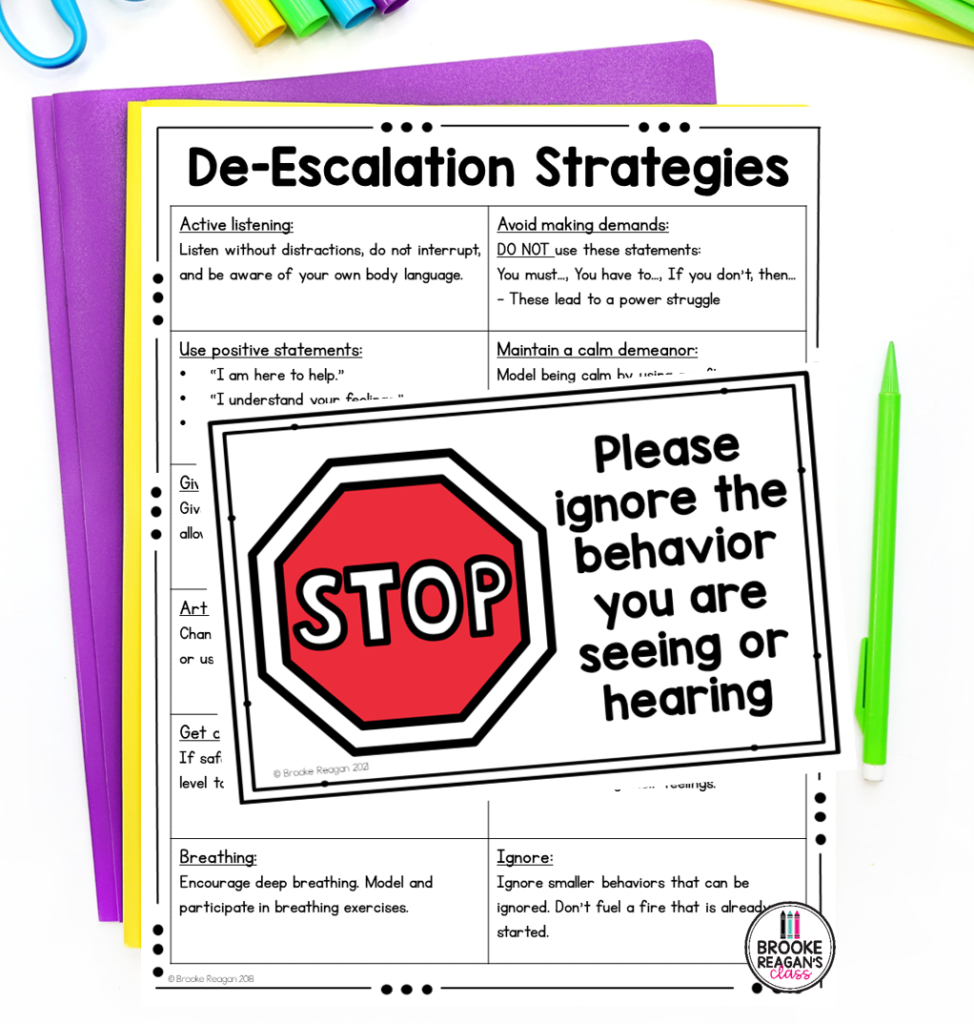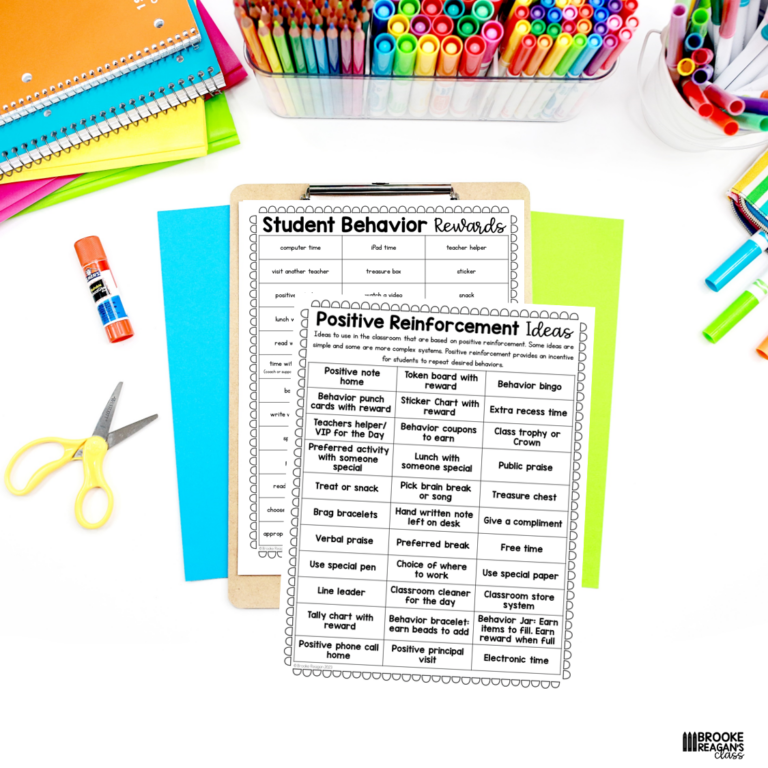

You walk into your classroom, ready to tackle a day, and have a great lesson you cannot wait to share. But as soon as your class steps through the door, you’re met with a barrage of aggression from one student. A student who seems to thrive on chaos and disruption, making it nearly impossible for you to provide a safe and supportive learning environment for the rest of your class or get through a lesson. How do you handle this challenging situation, such as Dealing with an Aggressive Student? Unfortunately, teachers worldwide have to ask themselves this question each year.
Honestly, dealing with aggressive behaviors is not often a topic they teach you in college. If they do, some of the strategies are not practical due to districts’ different resources. However, practical information on this subject is what you desperately need! Rather than resorting to traditional disciplinary methods, we will delve into practical techniques that can de-escalate aggression, promote a safe learning environment, and empower both you and your students to overcome this obstacle together.

Aggressive behaviors can manifest in various ways, such as verbal outbursts, physical aggression, or disruptive actions. Each student may exhibit aggression for different reasons, including frustration, fear, lack of control, or seeking attention. Recognizing the underlying causes and triggers of aggression is the first step toward finding effective solutions. By understanding the root of aggressive behaviors, educators can empathize with their students and develop strategies to de-escalate tense situations.
Aggression in the classroom can also stem from external factors, such as problems at home, peer influence, or stress. It is essential to take into account the broader context of a student’s life when assessing their aggressive behaviors. By considering these external factors, teachers can provide support and guidance to help the student navigate their challenges and show empathy. It is always important to remember that there is a reason behind the aggressive behaviors.

Aggression in the classroom can also stem from external factors, such as problems at home, peer influence, or stress. It is essential to take into account the broader context of a student’s life when assessing their aggressive behaviors. By considering these external factors, teachers can provide support and guidance to help the student navigate their challenges and show empathy.

When faced with an aggressive student, it is important to approach the situation with a calm and composed demeanor. Remaining calm helps establish a sense of stability and security in the classroom, signaling to the student that their behavior is not causing chaos or disruption. Avoid reacting impulsively or escalating the situation further by shouting or using aggressive body language. Be sure to grab my Behavior Intervention Binder, which will be your lifeline for dealing with behavior. Grab this free aggression social story.
Remembering that the same strategy will not work for every student is critical. So, it is helpful to have the de-escalation handout from the Behavior Intervention Binder printed and ready for reference. It will provide an overview of the strategies above and other practical ideas. This includes getting down on the same level as the student, providing them with choices, and validating their feelings. These strategies help the students know they are heard while working to calm the situation.

Well, what if you tried all these de-escalating strategies and the aggressive student gets more violent? What if they are throwing chairs and turning over desks? Unfortunately, this will sometimes happen, and knowing what to do when other students are around is essential.
A clear classroom is often the better option than trying to remove the aggressive student. Your administration team should have a plan in place for these types of occurrences. You should NEVER be left alone in a room with an aggressive student. Always call for help and have a plan with your class on how to exit the classroom quickly and safely. The social story and class plan below are great places to start when teaching your class how to respond when a classmate is not in control.
Remember, seeking help when needed is essential, and addressing aggression in a calm and empathic way can yield surprising and effective results. All behavior is a form of communication, and there is always a “WHY” behind it.
While it would be great not to worry about de-escalation strategies, this isn’t the reality for teachers. Life is hard for students, and there are many reasons why aggressive behavior occurs. To maintain a calm, productive classroom, it is essential to always be prepared for de-escalation. Thankfully, the strategies above will help everyone stay calm and preparedshould an event arise.

Sign up to receive over 35 ready to use student rewards to boost motivation, promote positive behavior and create a fun learning environment.